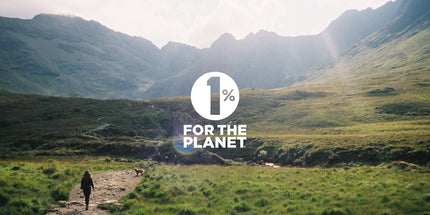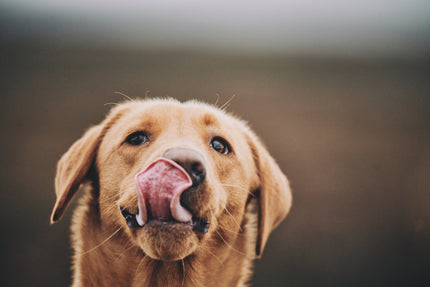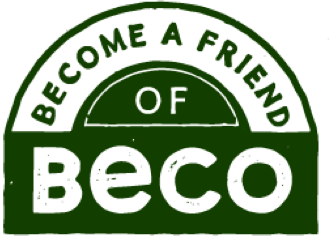
 Photos: Seawilding restoring degraded seabed in Loch Craignish (left) and harvesting seed from donor meadows (right)
Photos: Seawilding restoring degraded seabed in Loch Craignish (left) and harvesting seed from donor meadows (right)
Seawilding x Beco
We’re here for all animals, whether it’s your dog, cat, salmon swimming upstream, slippery seals or sea otters. Everything is interlinked and we need healthy oceans to support wildlife on land too, including our pups.
That's why, we’ve partnered with Seawilding to help restore seagrass meadows. Throughout November '23, 100% of profits from our marine life range purchased through our webshop goes directly to Seawilding.

This is Seawilding
Seawilding is a community-led marine habitat restoration project. Their primary project is based in Loch Craignish, Scotland, where they have identified 80 hectares of seagrass meadow ripe for restoration (the size of 112 football pitches).
Beyond their own restoration efforts, they’re teaching coastal communities how to restore marine habitats, researching new conservation techniques, educating the next generation, and campaigning for new regulations to protect our shores.


Propping up the population
Every acre of seagrass can support over 40,000 fish (1). Just like meadows on land, they act as a nursery for wildlife, they are a breeding ground, a place to lay eggs, protect the young and feed marine herbivores.
Over 30 times more animals live within seagrass compared to adjacent sandy habitats (2). Their meadow provides shelter and nutrients for invertebrates and small fish species, attracting bigger fish, seaborne birds and marine mammals like seals, whales, and dolphins - the foundation of an entire ecosystem.
 Photo: Loch Craignish's seagrass meadow supporting biodiversity
Photo: Loch Craignish's seagrass meadow supporting biodiversity
Seagrass meadows form the basis of the world’s primary fishing grounds, supplying 20% of the world’s fisheries (3). So, if your dog likes seafood in their diet, supporting these projects helps keep their favourite food and treats in stock.
 Photo: Mink the Seawilding pup showing us a kelp forest exposed at low tide
Photo: Mink the Seawilding pup showing us a kelp forest exposed at low tide
The lungs of the sea
Every square meter of seagrass can generate 10 litres of oxygen every day (4). At the same time, seagrass is one of the most effective carbon-absorbing plants, so can play a vital role in the fight against climate change - every km2 of seagrass meadow can absorb 83 tonnes of carbon every year (5), a greater rate than tropical forests, and while covering only 0.1% of the seabed, its responsible for locking away 11% of the organic carbon buried in the ocean (6).
 Photo: Seagrass absorbing carbon from the water while simultaneously creating oxygen
Photo: Seagrass absorbing carbon from the water while simultaneously creating oxygen
Building on the final five
Only 5% of the UK’s original seagrass meadows remain (7). While there are many initiatives to protect nature on land - national parks, nature reserves, rewilding projects and more (which, we’d like to add, we think is brilliant) - the landscape below the waves is often forgotten.

Photos: The current coverage of National Parks in the UK compared to what they would be if they experienced the same level of degradation as seagrass
If we were to lose the same percentage of our land-based national parks as we have with our historic seagrass meadows (95%) (8), over 21,000 km2 would disappear.
All plants and vegetation would be stripped from 14 of our 15 National Parks (inc. the Lake District, New Forest, Snowdonia, and the Cairngorms), making them unable to support the wildlife that currently relies on them. That would mean no woods to wander, no bird song on our morning walks, and no rabbits or squirrels for our dogs to chase.
 Photo: A loyal Seawilding volunteer on the way to work with their trusty assistant (their human)
Photo: A loyal Seawilding volunteer on the way to work with their trusty assistant (their human)
Luckily, our national parks are protected. But, this level of habitat degradation is currently happening on our sea floor. Seawilding is one of a handful of projects fighting back – one tiny seed-filled hessian bag at a time. Their work has never been more important. They’re rewilding our seabed to restore our shores so we can all reap the rewards of a healthier ocean filled with life.

Sources
(2) & (3) https://www.projectseagrass.org/why-seagrass/
(6) https://www.projectseagrass.org/why-seagrass/




